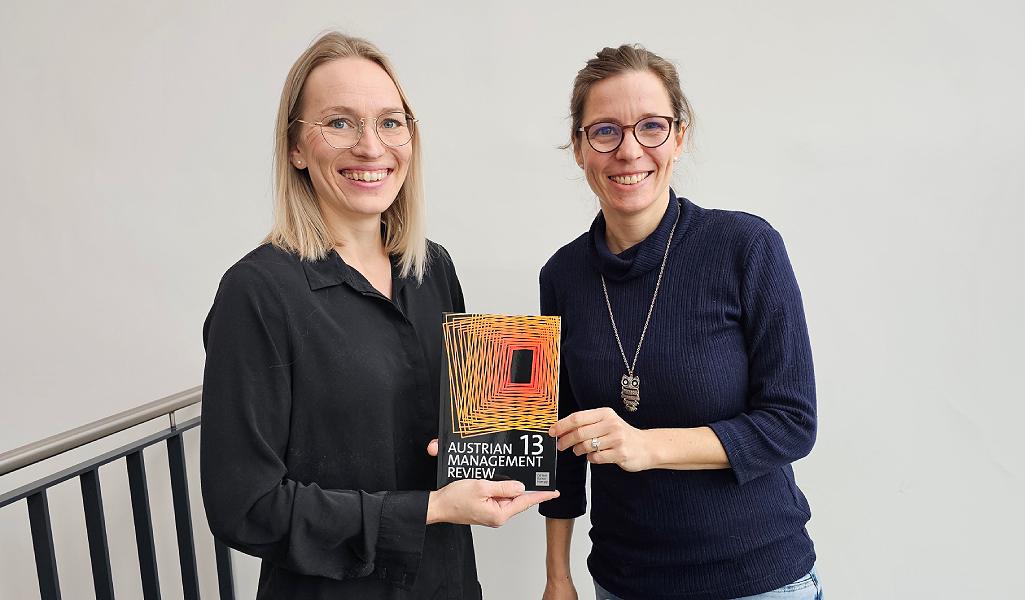Ann-Christine Schulz from the Institute for Digital Transformation & Strategy (IDS) and Maija Worek from the Management & Entrepreneurship Study Programs present the results of an empirical analysis of 18 European family businesses in the Austrian Management Review
In times of rapid digital change, many companies are under great pressure to innovate. Strategies for successful strategic change are in demand. One option for companies is to strike an optimal balance between the two capabilities of “efficiency” and “innovation” (organizational ambidexterity).
In a recent article in the Austrian Management Review, Maija Worek and Ann-Christine Schulz examine the extent to which family businesses use serial acquisitions for an ambidextrous strategy. In serial acquisitions, the shares of several other companies are taken over within a short period of time. In this way, companies attempt to achieve their growth and innovation targets more quickly.
Based on an empirical analysis of transactions of 18 European family businesses, the authors show that family businesses tend to use serial acquisitions to expand their core business and thus follow the logic of efficiency. Serial acquisitions to expand their own innovation potential, on the other hand, are still little used. There is a need for strategic development here.
The article was also written as part of the project “Organizational ambidexterity in SMEs” funded by the City of Vienna (MA23).
